Home>Storage Ideas>Kitchen Storage>How To Clean Nonstick Pans So They Last For Years
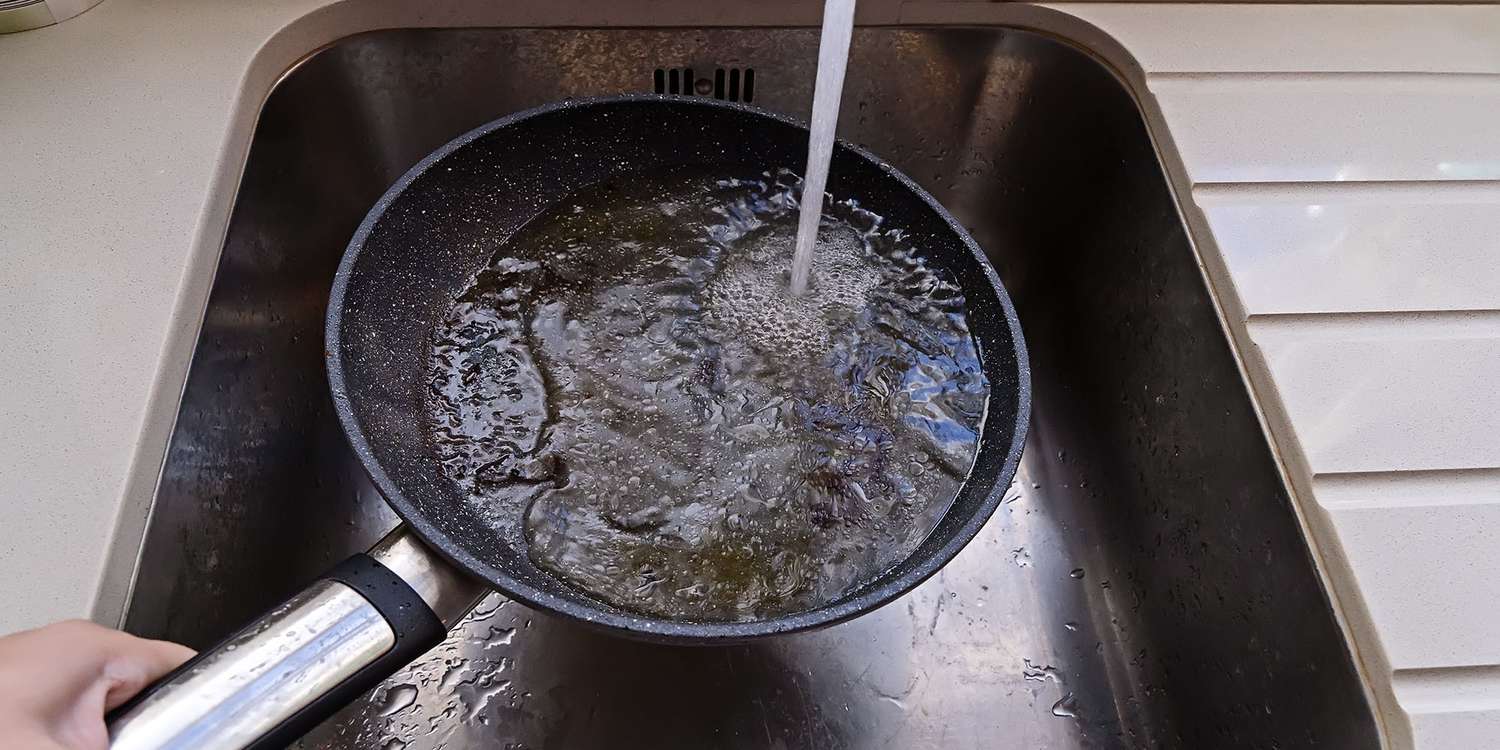

Kitchen Storage
How To Clean Nonstick Pans So They Last For Years
Modified: December 7, 2023
Learn effective kitchen-storage-ideas to keep your nonstick pans in top shape for years. Discover how to clean and maintain them for long-lasting use.
(Many of the links in this article redirect to a specific reviewed product. Your purchase of these products through affiliate links helps to generate commission for Storables.com, at no extra cost. Learn more)
Introduction
Nonstick pans are a kitchen staple, known for their ability to effortlessly release food and make cooking and cleaning a breeze. However, to ensure that your nonstick pans last for years, proper cleaning and maintenance are essential. Regular cleaning not only helps to preserve the nonstick surface but also ensures that your pans remain safe for use.
In this article, we will guide you through the process of cleaning nonstick pans effectively. We will explore the different types of nonstick coatings and provide you with general guidelines for cleaning, as well as step-by-step instructions for hand washing nonstick pans. Additionally, we will discuss whether nonstick pans can be safely cleaned in the dishwasher, and provide tips for prolonging the lifespan of your nonstick pans.
By following these tips and techniques, you can keep your nonstick pans in great condition and continue to enjoy their benefits for years to come.
Key Takeaways:
- Proper cleaning and maintenance are essential for prolonging the lifespan of nonstick pans. Understanding the specific type of nonstick coating and following general cleaning guidelines can help preserve the nonstick surface and ensure years of reliable use.
- Hand washing nonstick pans with gentle tools and cleaning products is recommended to avoid damaging the nonstick coating. Additionally, following specific care instructions and being mindful of potential risks when cleaning in the dishwasher can help maintain the longevity of nonstick pans.
Understand the Nonstick Surface
In order to effectively clean nonstick pans, it’s important to understand why proper cleaning is necessary and the different types of nonstick coatings that are commonly used.
Nonstick pans need proper cleaning to maintain their performance and prolong their lifespan. Over time, food particles can build up on the nonstick surface, forming a layer that interferes with the pan’s ability to release food easily. This can lead to food sticking, uneven cooking, and a degraded nonstick surface. Additionally, if nonstick pans are not cleaned properly, residue can accumulate and become burnt onto the pan, making it difficult to remove.
There are various types of nonstick coatings available, each with its own unique properties and care requirements. The most common types of nonstick coatings include:
- PTFE Coating (Polytetrafluoroethylene): This is the most widely used type of nonstick coating, known for its excellent food release properties. PTFE pans are easy to clean and highly resistant to scratches. However, they are sensitive to high heat and can release toxic fumes if overheated.
- Ceramic Coating: Ceramic nonstick pans are made using a natural mineral-based coating and are known for their eco-friendliness. They offer good nonstick performance and are generally safe to use. However, they can be prone to scratching and may require extra care during cleaning.
- Hard-Anodized Coating: Hard-anodized nonstick pans are created by treating aluminum to make it harder and more durable. These pans have a nonstick surface that is resistant to scratches and abrasions. They are also safe to use with metal utensils. However, they can be more challenging to clean due to their textured surface.
Understanding the specific type of nonstick coating on your pan is important, as it can help you determine the best cleaning method and avoid using any products or tools that might damage the coating.
General Guidelines for Cleaning Nonstick Pans
To effectively clean nonstick pans without damaging the nonstick coating, it’s important to follow some general guidelines. These guidelines will help you maintain the quality of your pans and ensure they last for years to come.
Preparing the Pan for Cleaning
Before beginning the cleaning process, it’s important to allow the pan to cool down completely. Cleaning a hot pan can cause the nonstick coating to warp or become damaged. Once the pan is cool, remove any excess food or debris using a soft sponge or brush.
Using Gentle Tools and Cleaning Products
To avoid scratching the nonstick surface, it’s recommended to use gentle tools and cleaning products. Avoid using abrasive sponges or brushes, as they can cause damage to the nonstick coating. Instead, opt for soft sponges or dishcloths that won’t scratch the surface. Additionally, choose mild dish soap or non-abrasive cleaners specifically formulated for nonstick pans.
Removing Stubborn Food Residue
If you encounter stubborn food residue that is difficult to remove, there are a few methods you can try. One option is to soak the pan in warm, soapy water for a few minutes to loosen the residue. If that doesn’t work, you can sprinkle baking soda over the affected area and scrub it gently with a soft sponge or brush. Another option is to create a paste using equal parts of baking soda and water and applying it to the sticky residue. Let it sit for a few minutes before scrubbing it away.
Remember to never use metal utensils or sharp objects to scrape off food residue from nonstick pans, as this can scratch the nonstick surface and cause damage.
By following these general guidelines, you can keep your nonstick pans clean and in excellent condition.
Hand Washing Nonstick Pans
Hand washing nonstick pans is the recommended method for cleaning, as it helps to preserve the nonstick surface and avoid any potential damage that can occur in the dishwasher. Follow this step-by-step guide to effectively hand wash your nonstick pans:
Step 1: Cool Down the Pan
Allow the pan to cool down completely before washing it. Cleaning a hot pan can cause damage to the nonstick coating.
Step 2: Use Warm, Soapy Water
Fill your sink or a basin with warm water and add a small amount of mild dish soap. Swirl the water to create bubbles.
Step 3: Clean with a Soft Sponge
Dip a soft sponge or dishcloth into the soapy water and gently scrub the pan’s surface. Avoid using abrasive sponges or brushes, as they can scratch the nonstick coating.
Step 4: Pay Special Attention to Stuck-on Food
If there is stubborn food residue, you can use a non-abrasive scrubbing pad or a soft brush specifically designed for nonstick pans. Gently scrub the area until the residue is loosened.
Step 5: Rinse Thoroughly
Once the pan is clean, rinse it thoroughly with warm water to remove any soap residue. Make sure to rinse both the interior and exterior of the pan.
Step 6: Dry the Pan
Use a soft, clean towel or dishcloth to dry the pan completely. Make sure there is no moisture left on the surface, as this can lead to water spots or damage.
Step 7: Store Properly
Once the pan is dry, store it in a cool and dry place. To protect the nonstick surface, place a paper towel or a soft cloth between stacked pans to prevent them from scratching or rubbing against each other.
By following these steps, you can keep your nonstick pans clean and in excellent condition for years to come.
Dishwasher Cleaning and Maintenance
Many people wonder if nonstick pans can be safely cleaned in the dishwasher. While some nonstick pans are labeled as dishwasher-safe, it’s important to understand the potential risks and considerations when using the dishwasher to clean your nonstick pans.
Can Nonstick Pans Be Washed in the Dishwasher?
Some nonstick pans are designed to withstand the dishwasher’s cleaning process. However, it’s important to note that repeated exposure to the high heat and harsh detergents in the dishwasher can cause the nonstick coating to deteriorate over time. Additionally, the agitation and rubbing against other items in the dishwasher can lead to scratches or abrasions on the nonstick surface.
Before placing your nonstick pans in the dishwasher, always check the manufacturer’s instructions and recommendations. Some pans may have specific care instructions that advise against dishwasher use, while others may be dishwasher-safe but require specific positioning or temperature settings.
Tips for Dishwasher Cleaning
If your nonstick pans are dishwasher-safe and you choose to clean them in the dishwasher, follow these tips to ensure proper cleaning and maintain the longevity of the nonstick coating:
- Pre-rinse: Pre-rinse the pan to remove excess food particles before placing it in the dishwasher. This helps to prevent the buildup of residue.
- Separate pans from other items: Place your nonstick pans away from items that may rub against or scrape the nonstick surface. This can help to prevent scratches or damage.
- Use gentle detergent: Opt for a mild dishwasher detergent that is specifically designed for nonstick pans. Avoid harsh or abrasive detergents that can damage the coating.
- Avoid high heat settings: Set the dishwasher to a lower temperature or gentle cycle to avoid subjecting the nonstick pan to excessive heat, which can lead to the degradation of the nonstick coating.
- Inspect for damage: Regularly inspect your nonstick pans for any signs of damage or wear. If you notice any peeling, flaking, or significant scratches on the nonstick surface, it’s best to discontinue dishwasher use and switch to hand washing.
By following these tips and being mindful of the manufacturer’s recommendations, you can safely clean your nonstick pans in the dishwasher while minimizing the potential risks.
Additional Tips for Prolonging Nonstick Pan Lifespan
In addition to proper cleaning techniques, there are several other tips and practices you can follow to prolong the lifespan of your nonstick pans and maintain their performance:
Avoiding High Heat and Abrasive Materials
Nonstick pans are not designed to withstand extremely high heat. Exposing them to high temperatures can cause the nonstick coating to degrade or release harmful fumes. To protect your pans, avoid using them over high heat settings on your stove or placing them in the oven above the recommended temperature. Additionally, avoid using metal utensils or abrasive materials, as they can scratch or damage the nonstick surface. Instead, opt for wooden, silicone, or plastic utensils that are gentle on the coating.
Seasoning Nonstick Pans
While traditional seasoning is commonly associated with cast iron pans, some nonstick pans can benefit from seasoning as well. Seasoning involves applying a thin layer of cooking oil to the nonstick surface to help restore its nonstick properties. To season your pans, completely clean and dry them, then lightly coat the interior with a small amount of cooking oil. Heat the pan on low to medium heat for a few minutes until the oil has been absorbed. Allow the pan to cool, and wipe away any excess oil. Seasoning can help to maintain and enhance the nonstick capabilities of your pans.
Using Nonstick Cooking Utensils
To avoid damaging your nonstick pans, it is advisable to use specially designed nonstick cooking utensils. These utensils are typically made of silicone, nylon, or other soft materials that won’t scratch or damage the nonstick coating. Using nonstick utensils ensures gentle and safe use while preserving the nonstick properties of the pans.
By adhering to these additional tips, you can extend the lifespan of your nonstick pans and continue to enjoy their superb cooking performance for years to come.
Read more: Why Is Grass Seed So Expensive This Year
Conclusion
Cleaning and maintaining nonstick pans properly is essential for their longevity and continued performance. By following the guidelines and tips outlined in this article, you can ensure that your nonstick pans last for years and remain in excellent condition.
Understanding the nonstick surface and the different types of nonstick coatings is the first step in proper cleaning. Each type of coating may have specific care requirements, and being aware of them can help you avoid damaging the nonstick surface.
Hand washing nonstick pans using warm, soapy water and gentle tools is the recommended method. Paying special attention to stuck-on food and rinsing thoroughly helps to ensure a thorough clean. After cleaning, drying the pan completely and storing it properly protects the nonstick coating and prevents any potential damage.
While some nonstick pans may be labeled as dishwasher-safe, it’s important to consider the potential risks of using the dishwasher. Excessive heat, harsh detergents, and the rubbing against other items can cause damage to the nonstick coating over time. Always check the manufacturer’s instructions and take precautions when cleaning nonstick pans in the dishwasher.
Additionally, there are several additional tips to keep in mind for prolonging the lifespan of your nonstick pans. Avoid exposing them to high heat and abrasive materials, as they can degrade the nonstick coating. Seasoning nonstick pans can help maintain their nonstick capabilities, and using nonstick utensils ensures gentle use without causing damage.
By incorporating these best practices into your cleaning routine and adopting proper cooking habits, you can enjoy the benefits of nonstick pans for many years. Keep your nonstick pans clean, well-maintained, and in great condition, and they will continue to serve you well in the kitchen.
Remember, proper cleaning and maintenance are key to maximizing the lifespan and performance of your nonstick pans. Take care of them, and they will take care of you in return, making your cooking experiences a pleasure for years to come.
Frequently Asked Questions about How To Clean Nonstick Pans So They Last For Years
Was this page helpful?
At Storables.com, we guarantee accurate and reliable information. Our content, validated by Expert Board Contributors, is crafted following stringent Editorial Policies. We're committed to providing you with well-researched, expert-backed insights for all your informational needs.
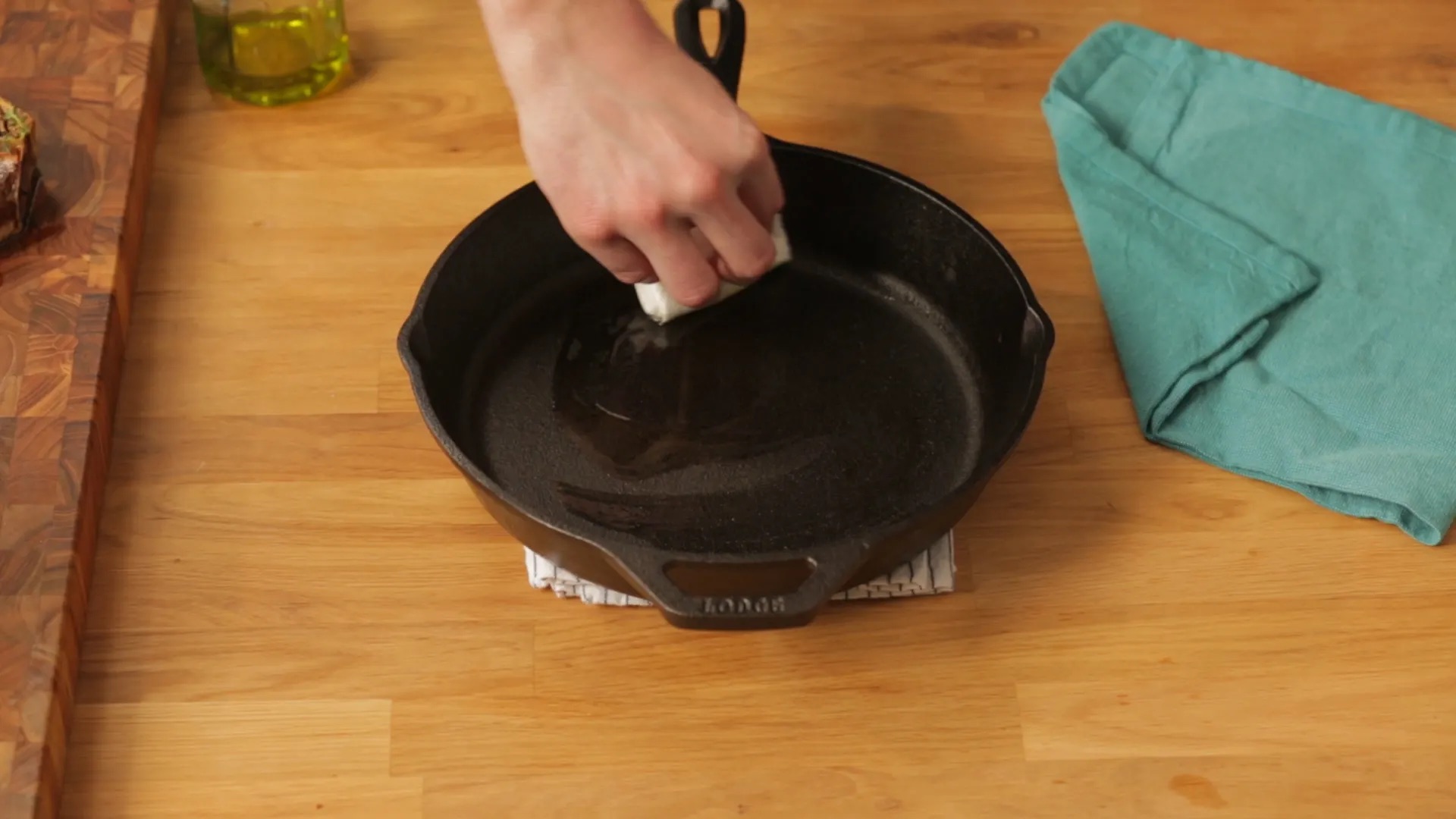

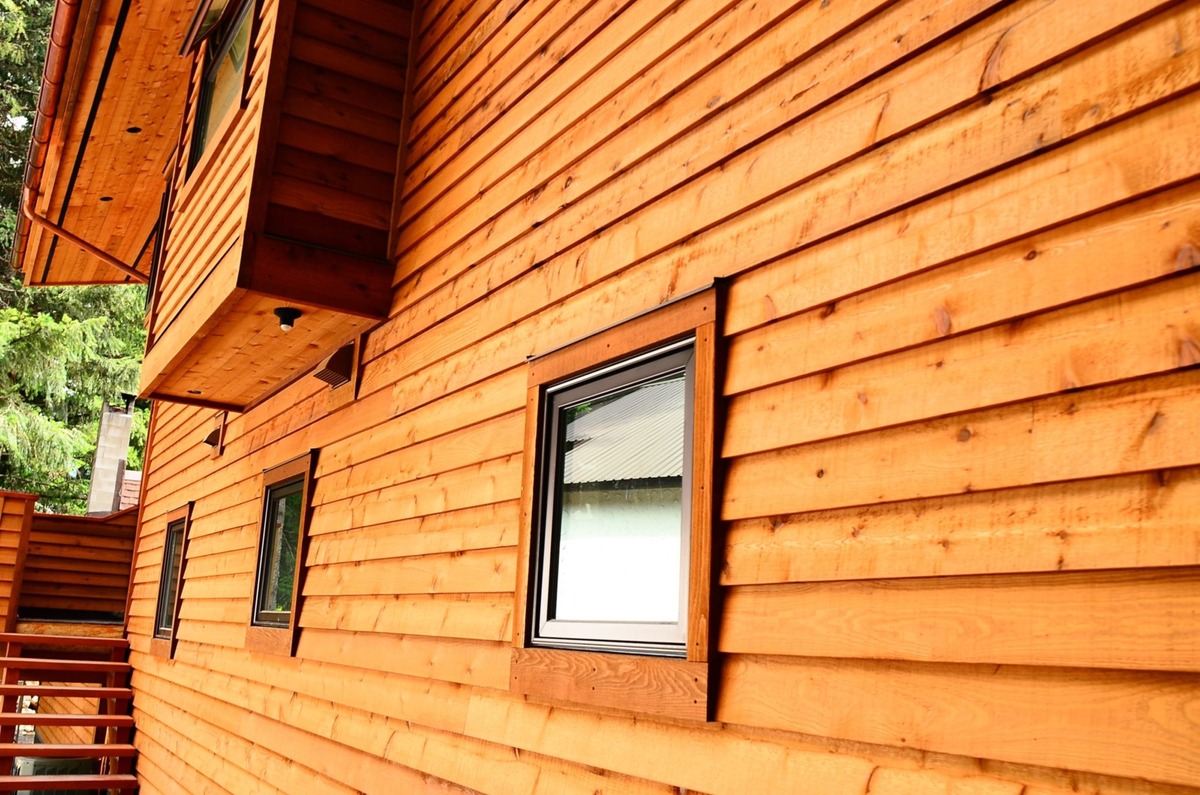
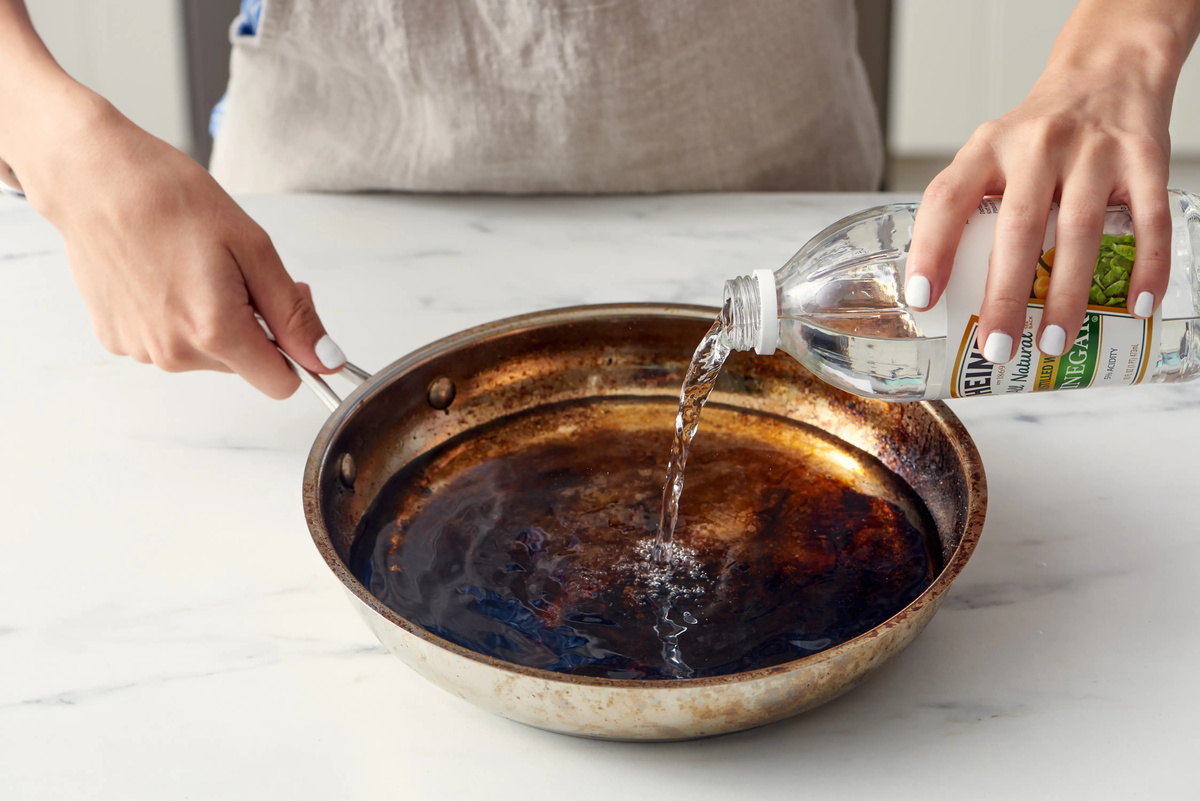
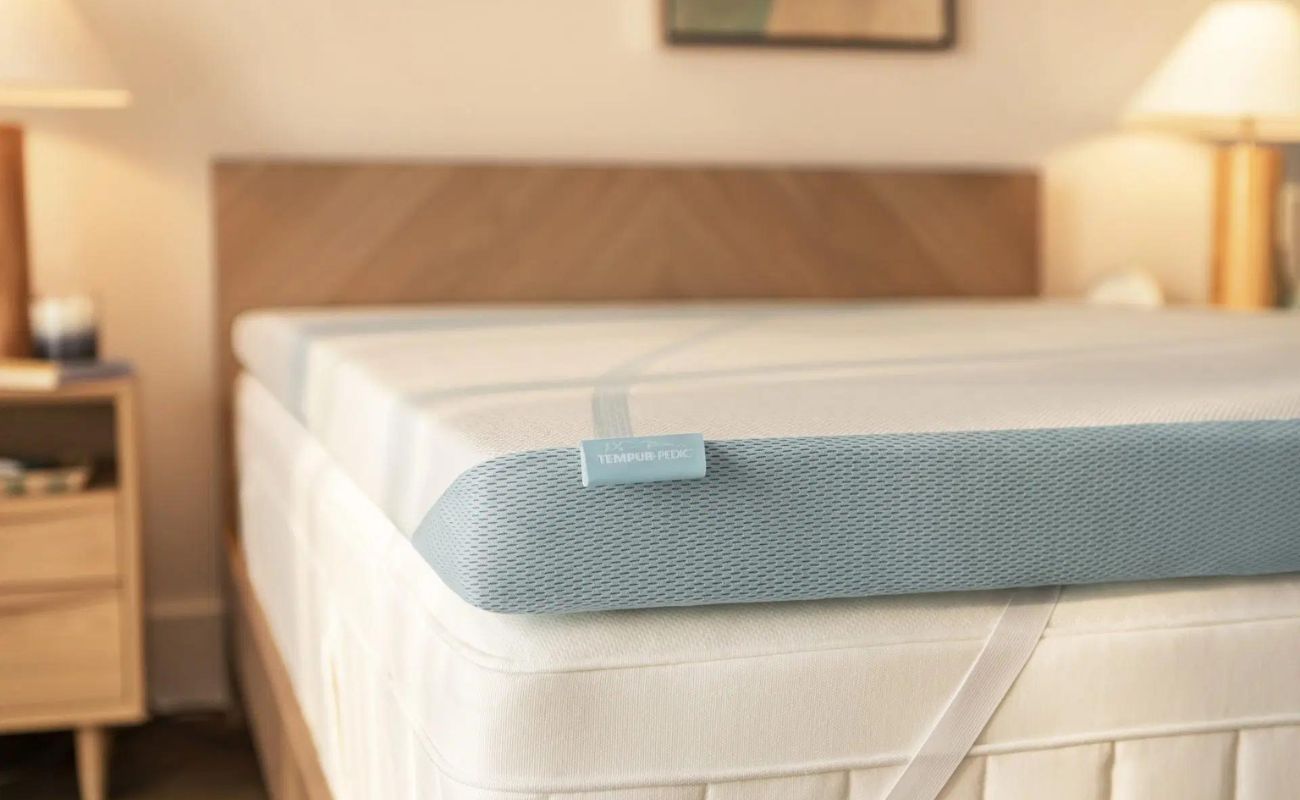
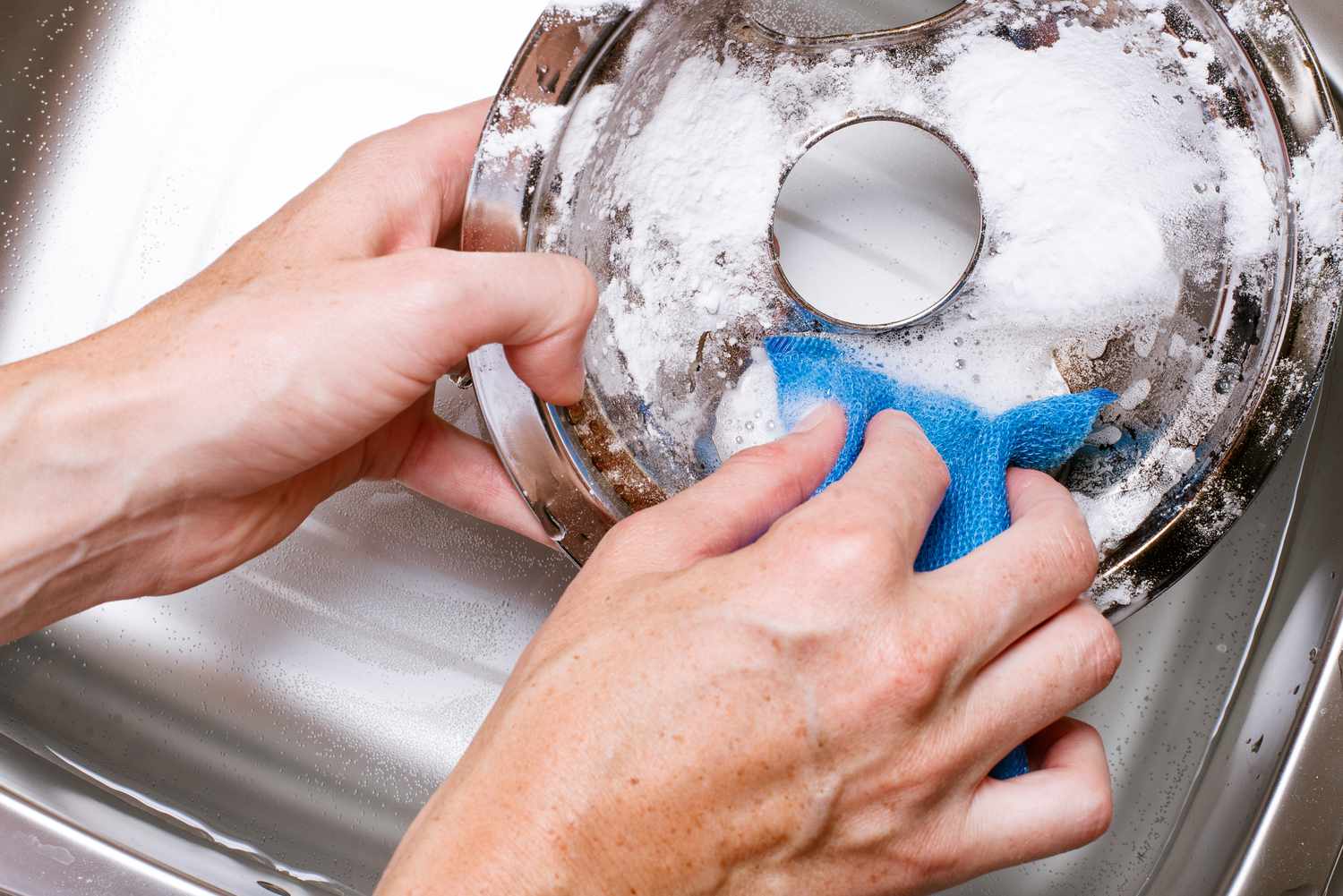

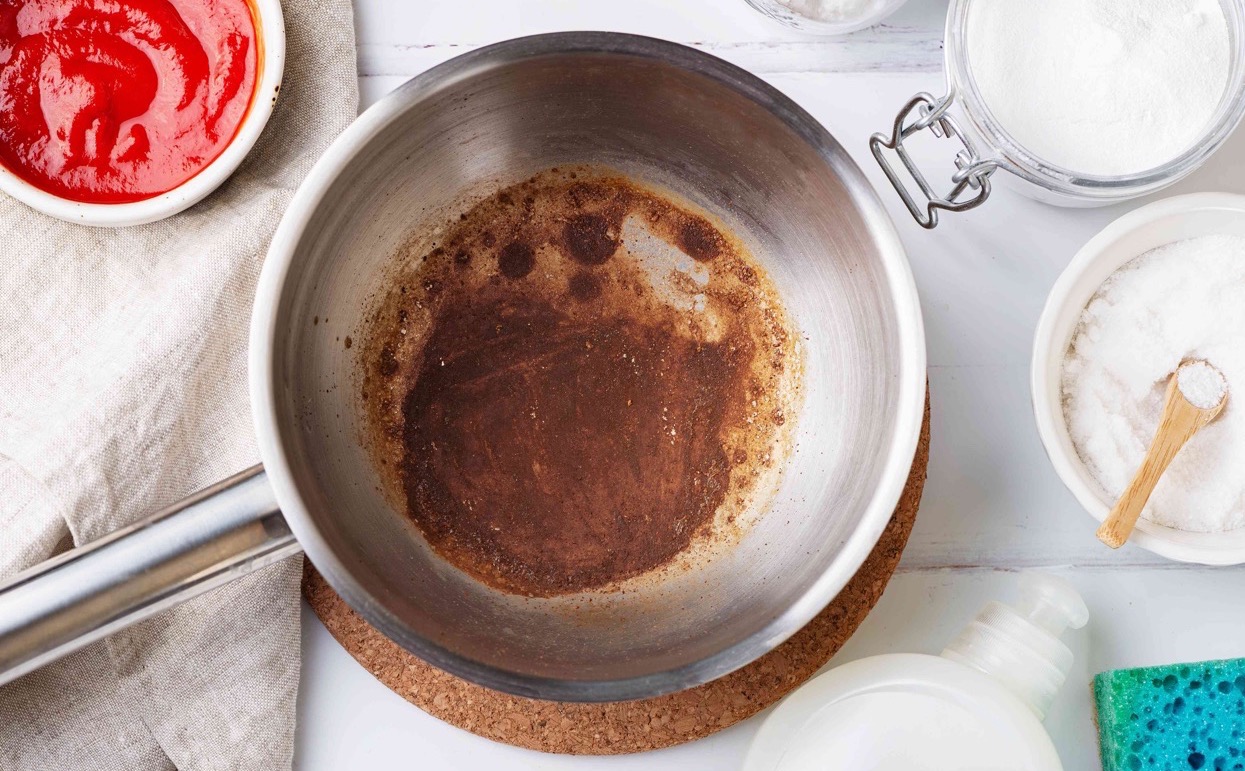
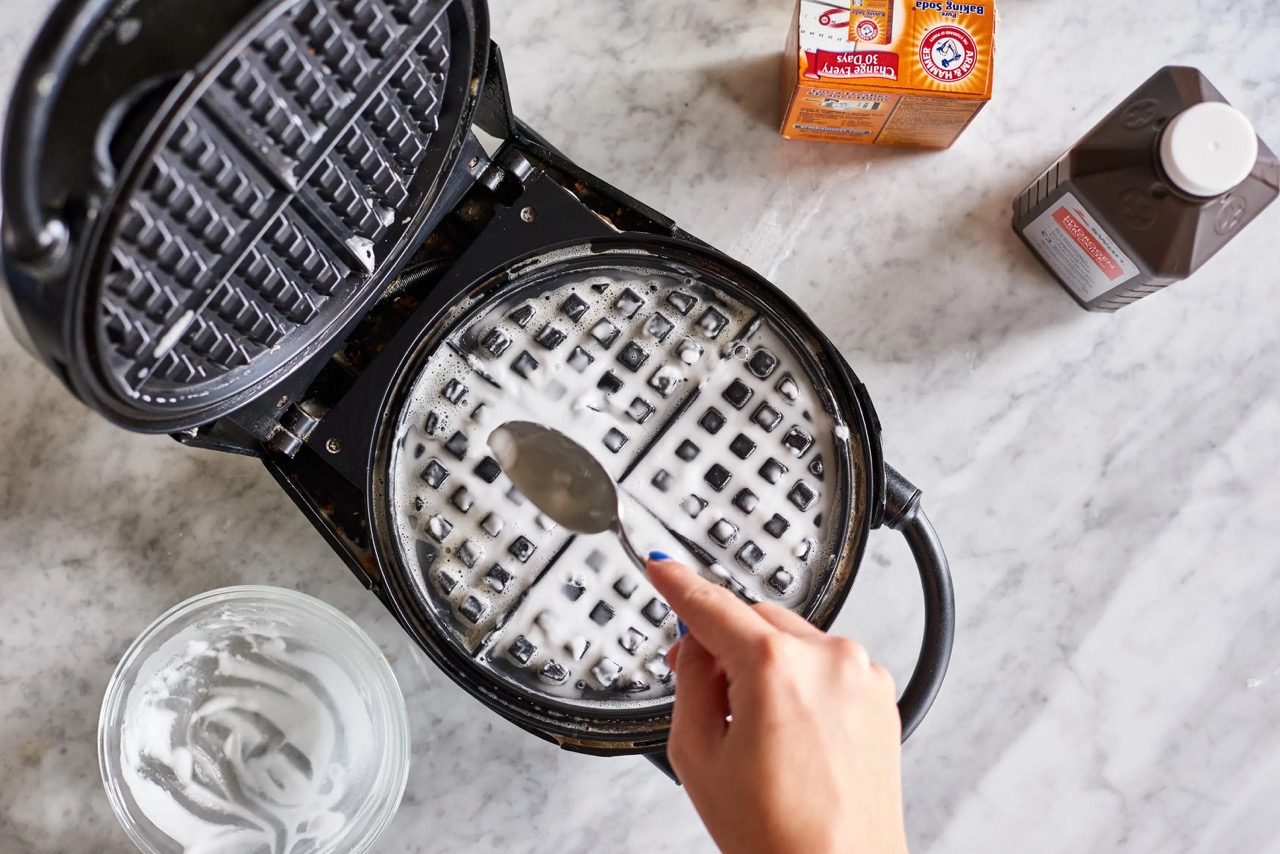
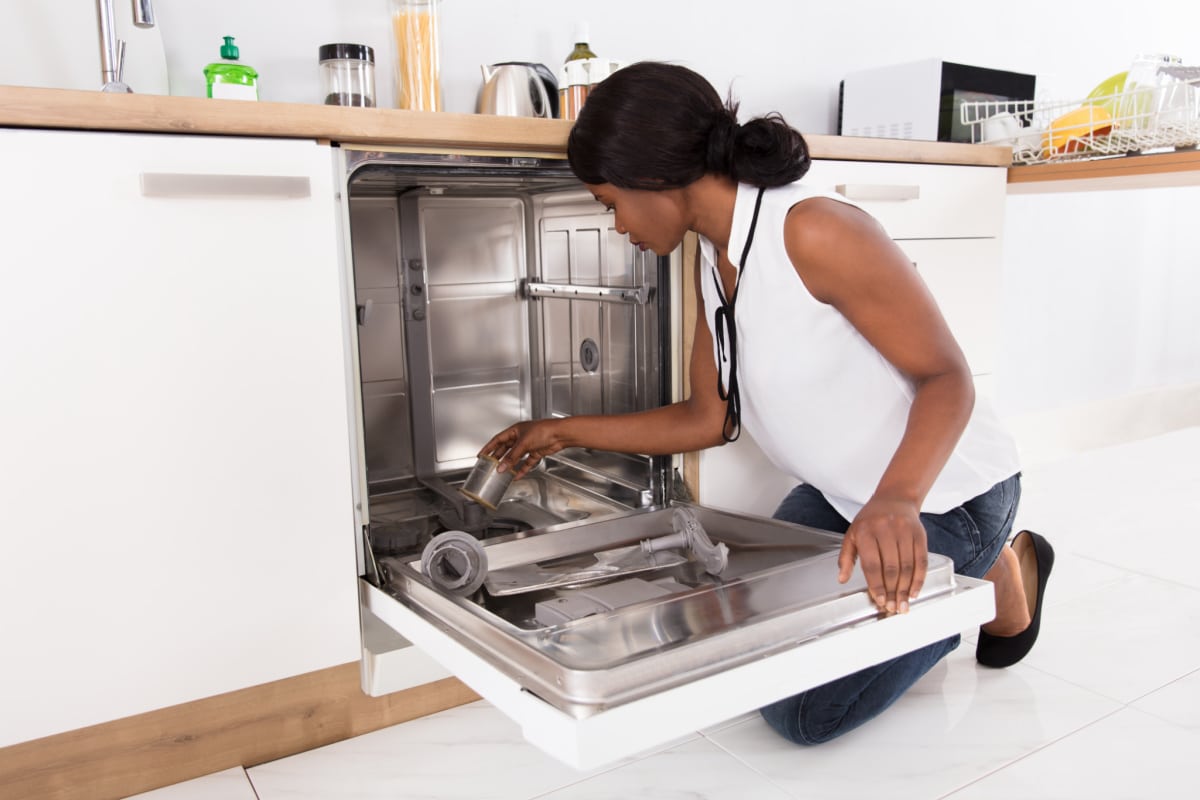

0 thoughts on “How To Clean Nonstick Pans So They Last For Years”